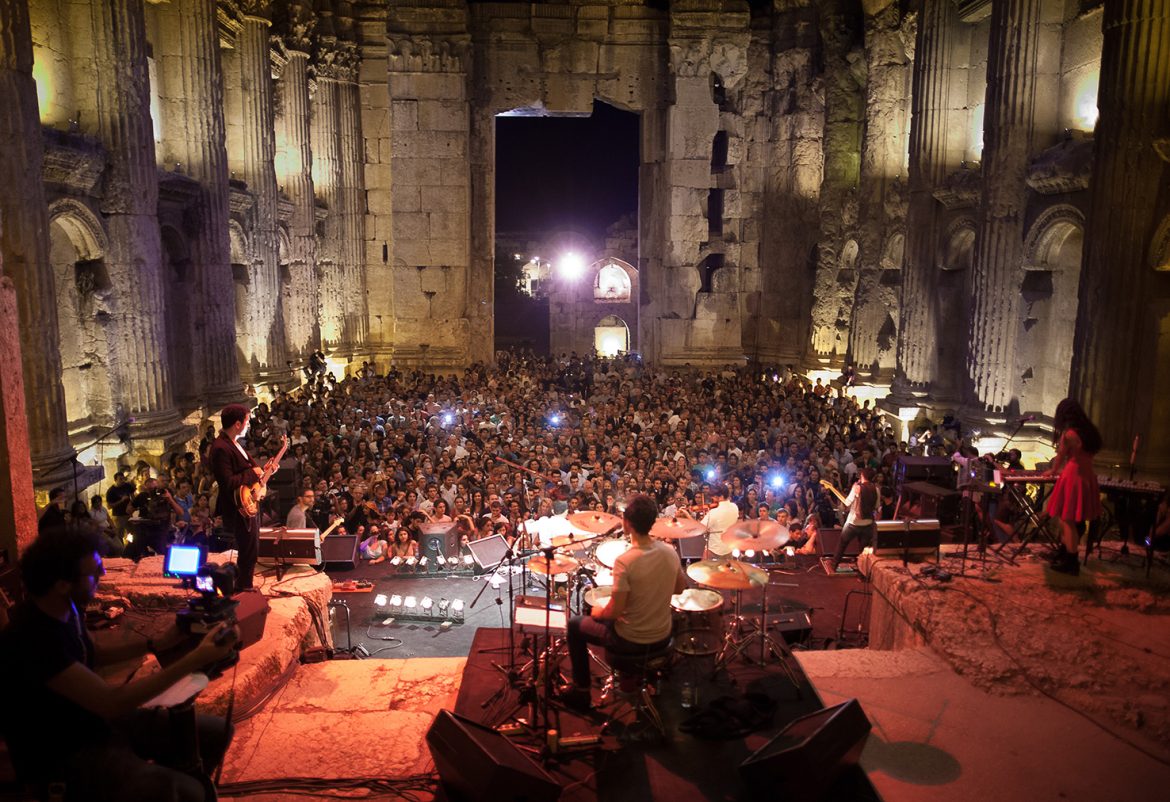Ankr Development is pleased to announce the appointment of Chaddad Group and RACE Sarl on MONOT 95, a landmark residential tower in Achrafieh brought to life by Bejjani Engineering & Contracting (BEC).
Located in the heart of Achrafieh, MONOT 95 represents a bold step forward in redefining urban living in Beirut. Developed by BEC (Bejjani Engineering & Contracting) , in partnership with the MONOT 95 SAL and designed by acclaimed architect Charles Hadife, the tower fuses contemporary design with the soulful elegance of Beirut’s heritage.
MONOT 95 is one of six ongoing residential and commercial projects exclusively managed, marketed, and sold by Ankr Development in Lebanon. It marks the company’s first development of its kind in the area, reflecting a growing commitment to investing in Beirut’s urban renewal through thoughtfully designed, high‑impact spaces.
At the core of this project are trusted partners:
● Chaddad Group, led by Managing Partner Patrick Chaddad, serves as the main contractor, drawing on its record of major developments across Lebanon and Egypt.
● RACE Sarl, led by Founder and Managing Director Roy Akl, brings regional leadership in MEP contracting, ensuring every system, from mechanical to electrical, meets the highest standards of performance and durability.
“MONOT 95 is more than a building, it’s a symbol of resilience, recovery, and the enduring spirit of Beirut,” says Patrick Chaddad.
“We’re proud to support a project that embodies Beirut’s future. Being entrusted with the MEP works for MONOT reflects our team’s commitment, expertise, and the strong partnerships we’ve built,” says Roy Akl.
“MONOT 95 speaks to a new generation. Through design, I want to nurture a deeper sense of community and inspire people to stay because Lebanon is a beautiful place to call home,” adds Charles Hadife.
Founders Kamal Bejjani and Jean Ramia of Ankr Development emphasize the project’s broader impact on job creation, sustainability, and driving forward economic momentum for Lebanon’s ongoing real estate recovery, expressing their enthusiasm for what this partnership means for the future of Beirut and its people.
“We consider this a prime location and are eager to collaborate with Charles on this project and future developments. We have great confidence in Lebanon’s real estate potential as well as its people, and we remain committed to contributing meaningfully to the country’s continued recovery and growth,” said Jean Ramia, co-founder of Ankr Development.
Construction is now underway, and MONOT stands as a testament to “home, heritage, and hope”, an invitation to experience the future of Beirut, rooted in its past and built for tomorrow.
Media Contact:
Ankr Development
📱 +961 71 09 88 88



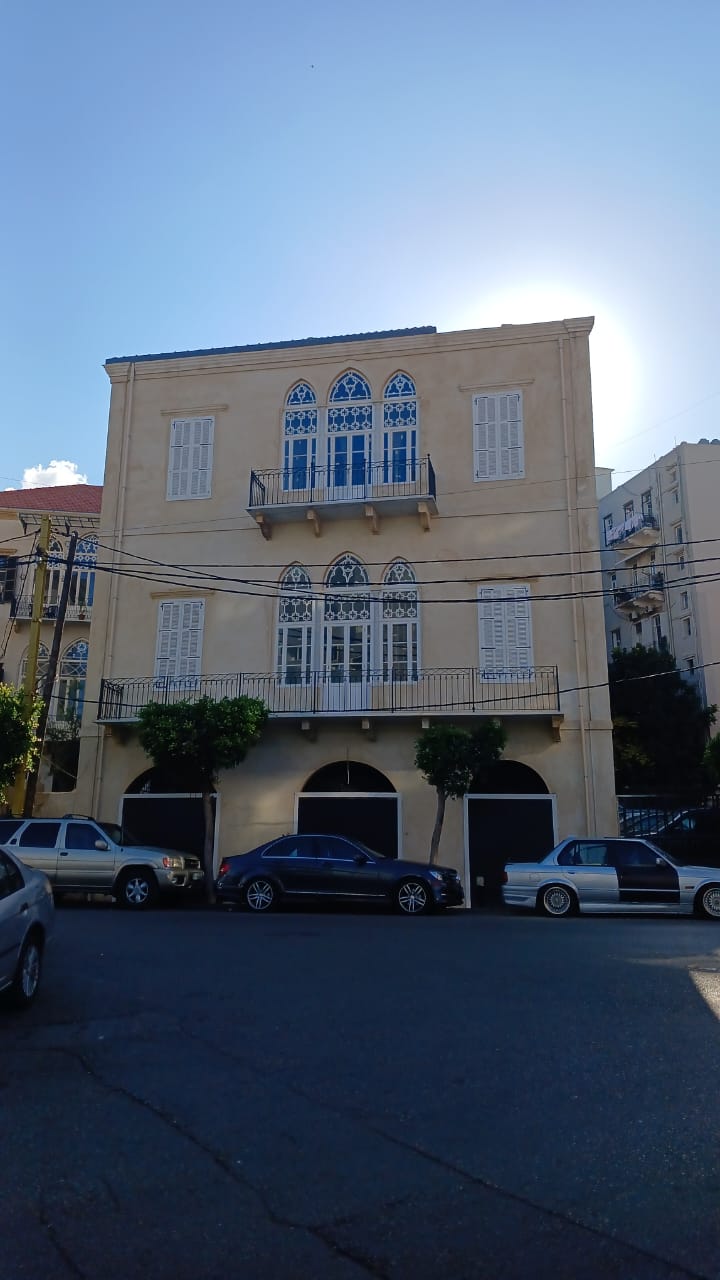

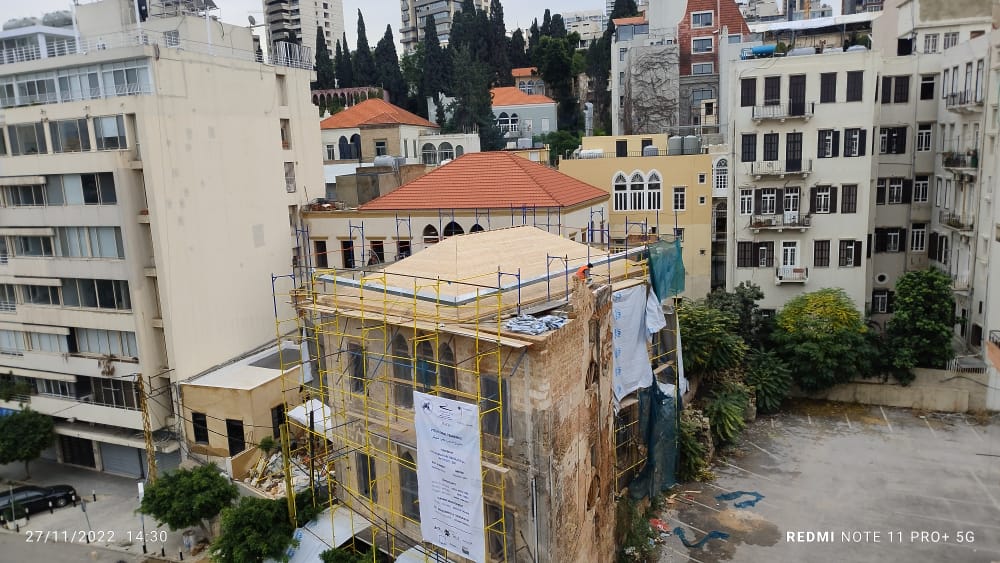
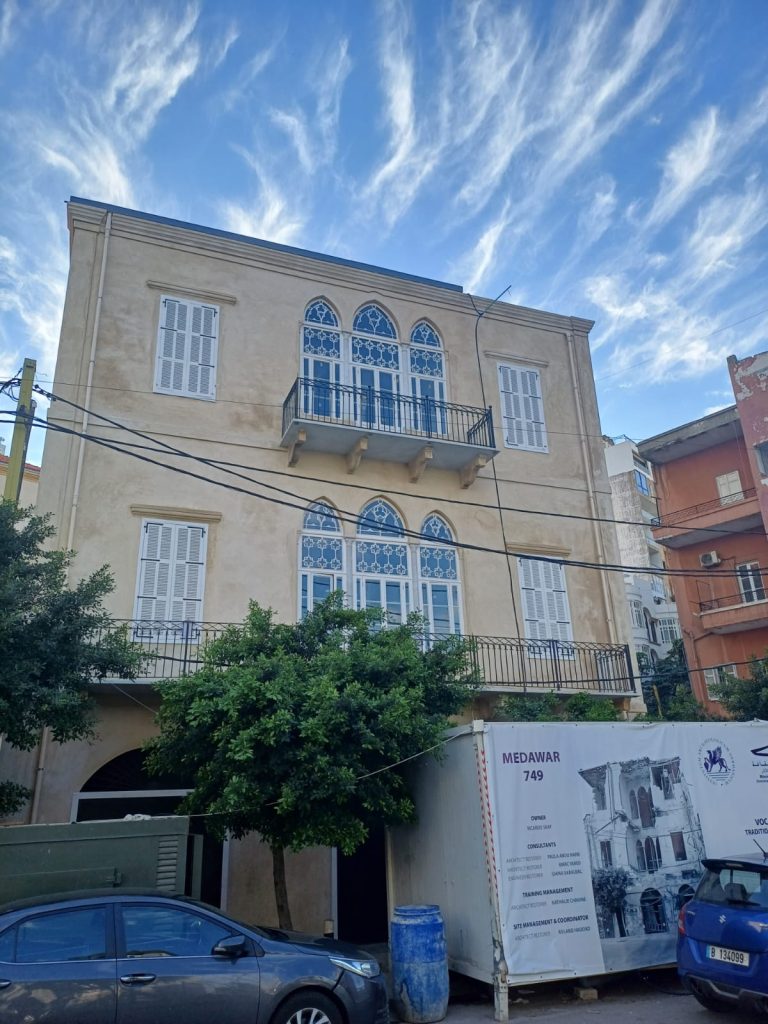
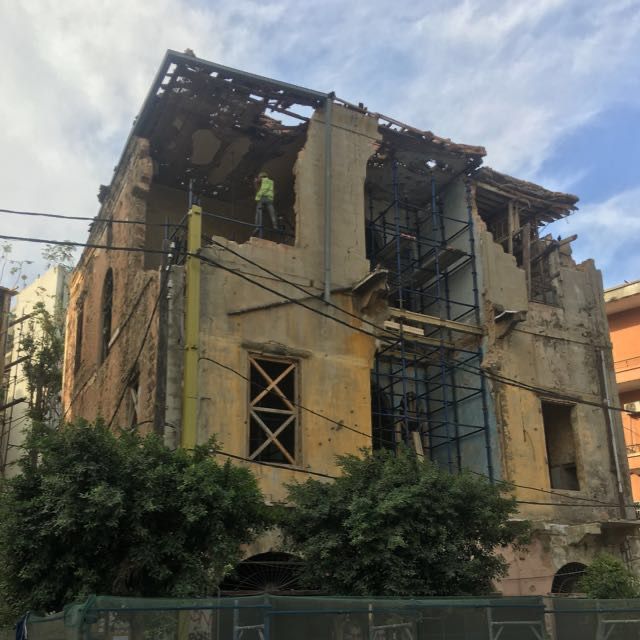
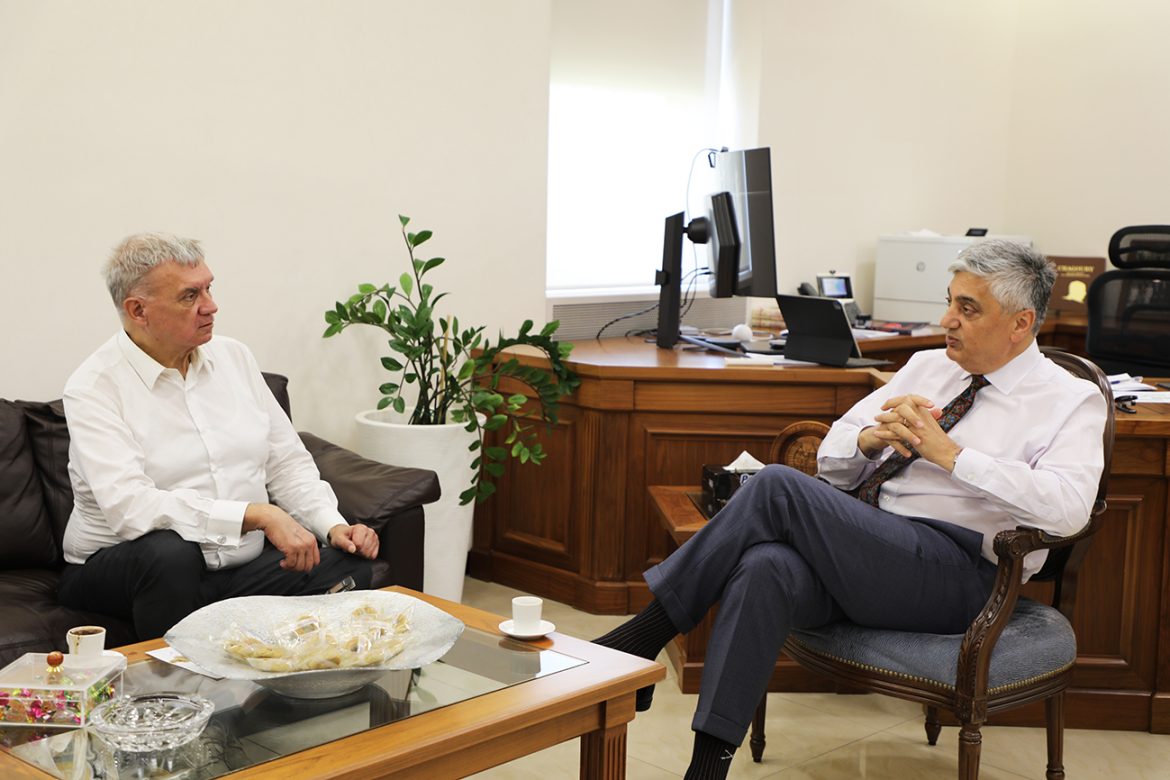


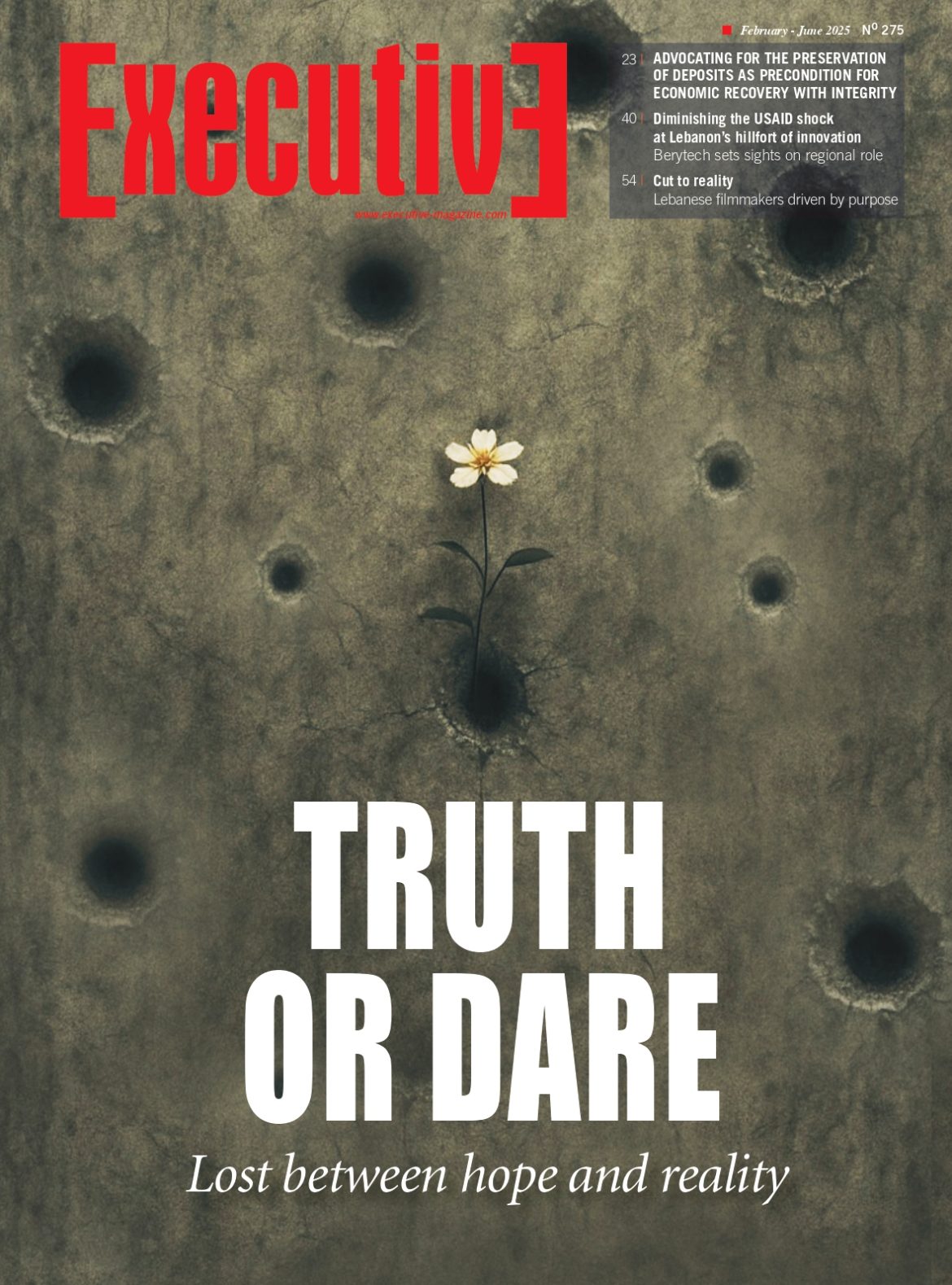

![BERYTECH_Nicolas Farhat[58]](https://www.executive-magazine.com/wp-content/uploads/2025/06/BERYTECH_Nicolas-Farhat58-2-e1750401945717-1170x1043.jpg)

